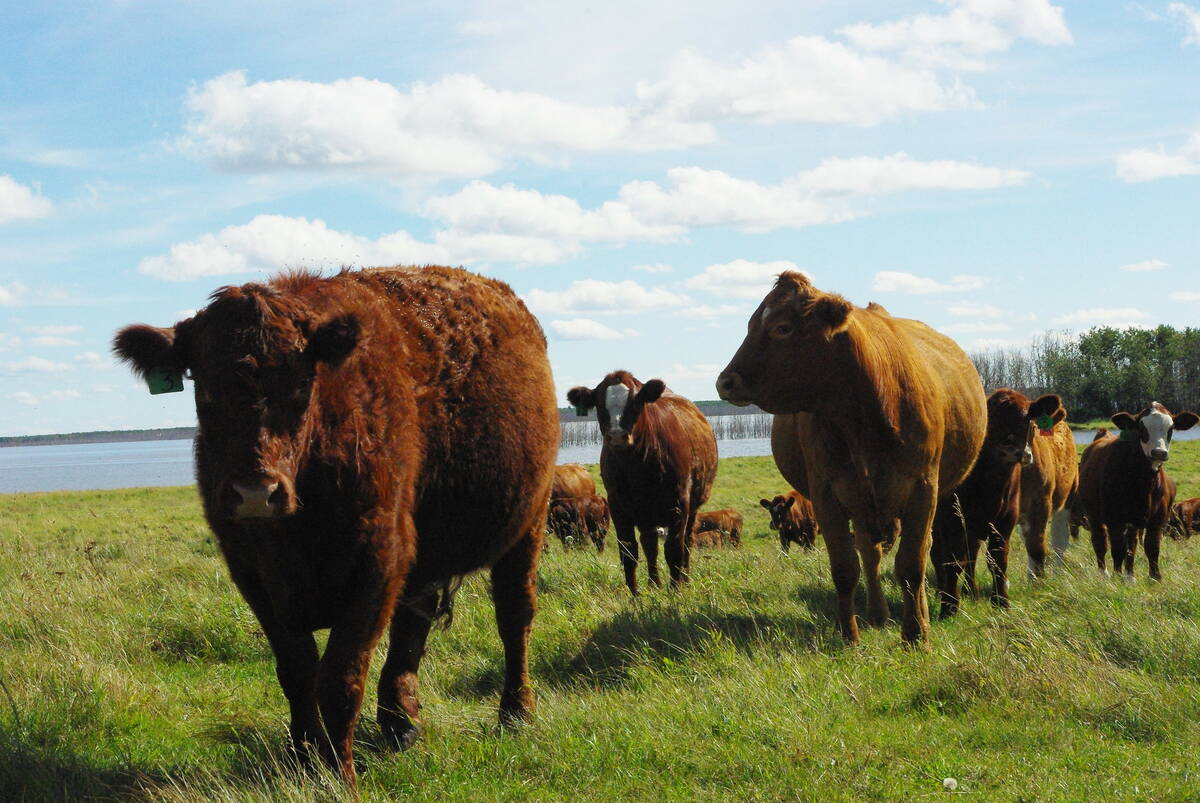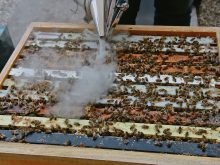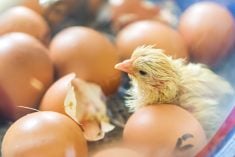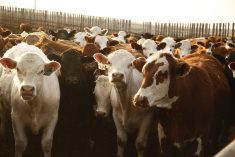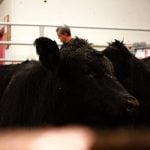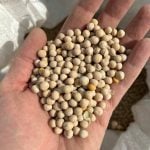Anyone in the beef value chain who crossed paths with livestock from a bovine tuberculosis-positive Pembina Valley dairy operation in south-central Manitoba may be getting a call from the Canadian Food Inspection Agency (CFIA).
That includes producers, processors, feedlots and others whose cattle may havecome into contact with infected animals.
If you do, you’re not necessarily in trouble. “Trace-ins” and “trace-outs” are standard CFIA procedures following the identification of a bovine TB case, says Matthew Atkinson, Manitoba Beef Producers president.
Read Also
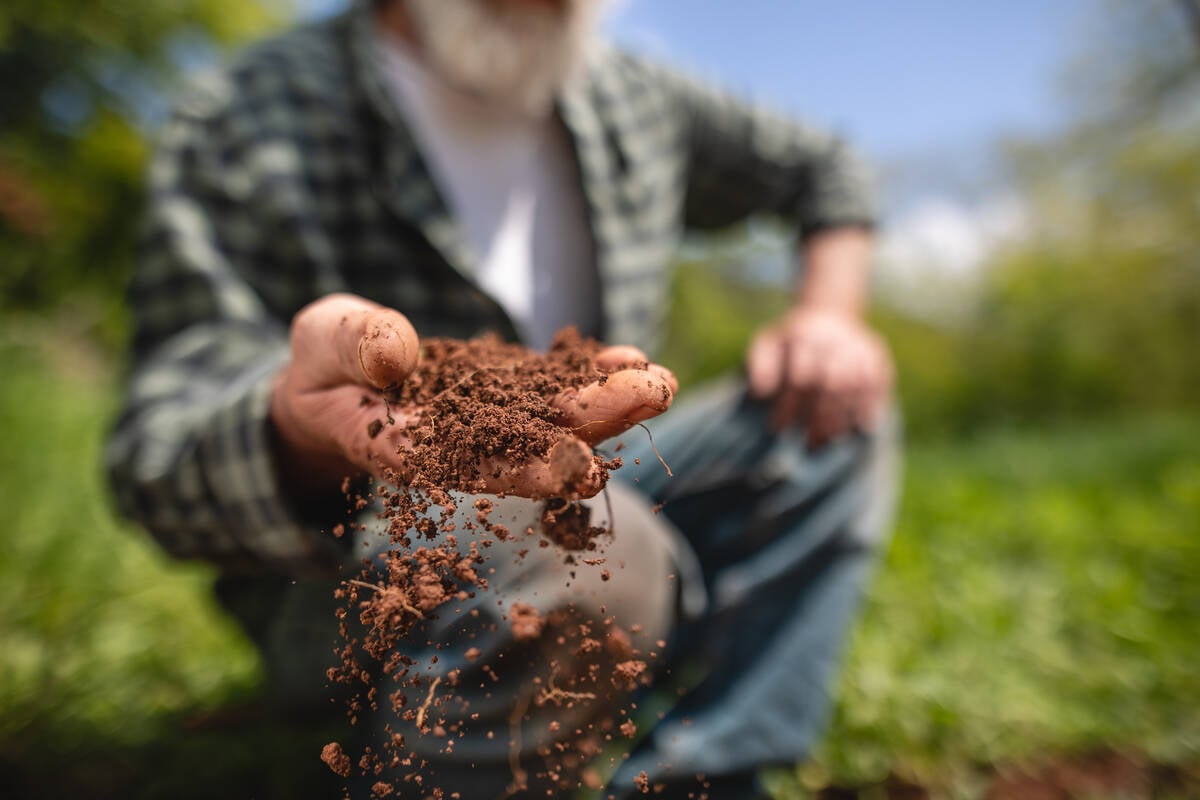
Finally getting paid for sustainable farming?
Alberta project says they might have a line on a workable ecosystem credit model to reward farmers for sustainability, and Manitoba might be next
WHY IT MATTERS: Bovine TB investigations take time to complete, and cattle producers may be called upon to take part in CFIA “trace-ins” and “trace-outs” to determine the origin of the disease in Manitoba.
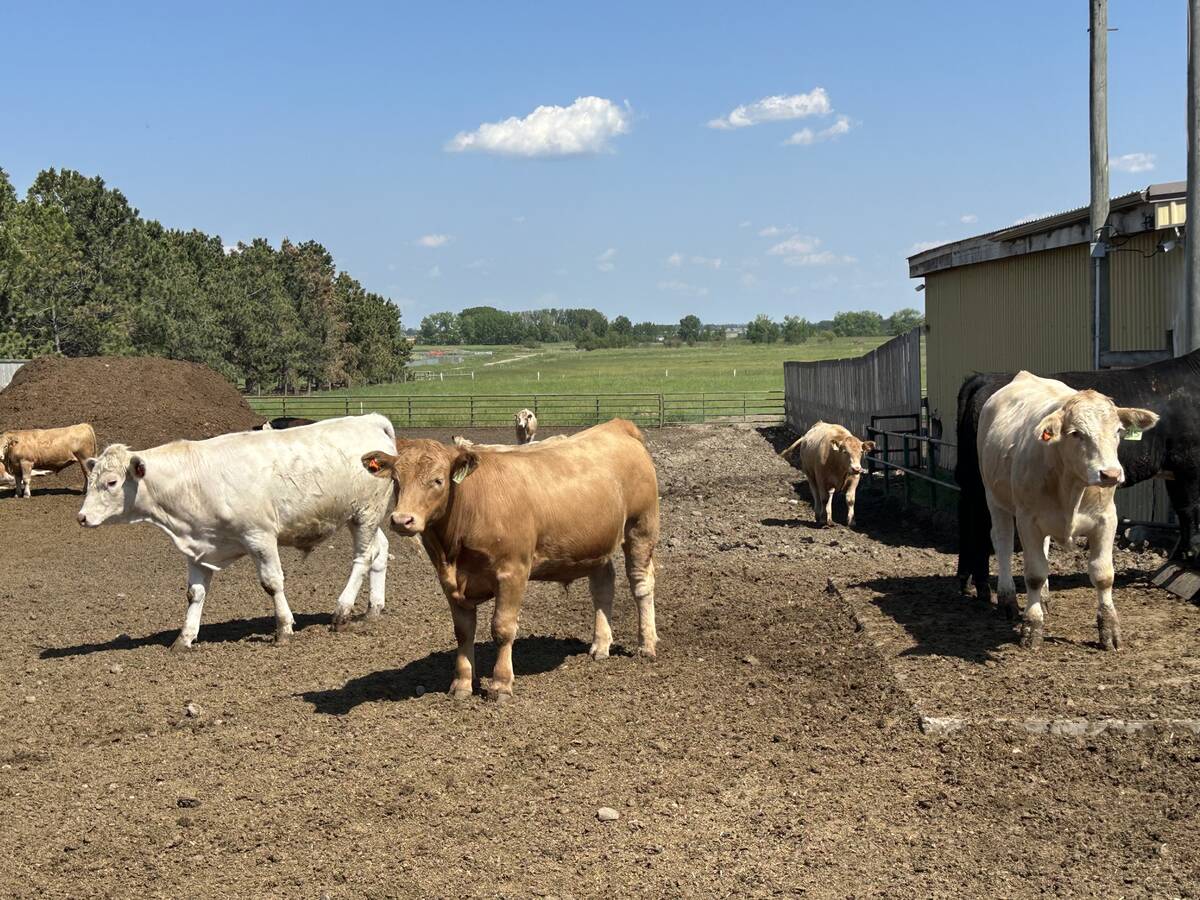
“Obviously trace-ins are (going) into that initial herd to try and see if something brought it to that herd. And trace-outs are of all the animals that left that herd, whether it was to a feedlot or a slaughter facility or perhaps selling breeding animals for genetics.”
Being a standard procedure doesn’t make a visit from the CFIA any less nerve-wracking; producers fear their own operations may receive a positive diagnosis for bovine TB, an event that — under agency policy — could lead to quarantine and livestock “depopulation.”
However, the CFIA tends to consider the extent of these consequences on the basis of severity, says Atkinson.
“(Trace-outs) are also managed based on risk, whether there was a high prevalence in TB in the initial herd or a lower prevalence or how aggressive a strain it was. There’s a lot of different factors that impact how aggressive those trace-outs are.”
Although producers are compensated for these culls (though not always at levels they’d prefer to see), they can still take market losses depending on the time of year and the extent of the depopulation, he says.
“It often comes with some market interruption. If you were testing those cattle and it was fall and you were planning on marketing calves, it may mean that you can’t market calves for the next month-and-a-half, two months.
“There’s similar issues around potential breeding or calving seasons too.”
Investigation in early stages
The recent bovine TB case was first identified by the CFIA at the True North Foods plant at Carman, Man. in June.
Using DairyTrace, the national traceability program for the dairy industry, officials tracked the incident to a dairy operation in the Pembina Valley. It was the first such discovery in Manitoba since 2008.
The investigation is still in its early stages, wrote Noel Ritson-Bennett, CFIA incident commander for Western Canada bovine TB response, in an email.
“The Manitoba dairy herd has been depopulated and work on identifying and testing trace-in and trace-out herds is ongoing. Testing of contact and proximity herds will take place later in the investigation,” he wrote.
Aside from eliminating the disease, bovine TB investigations have two objectives: preventing disease spread and, if possible, identifying its source.
“Although an exact determination of the source of infection is not always possible, the trace-in activities reduce the risk of undetected bovine TB within Canada’s livestock population,” continued Ritson-Bennett.
Can be long, involved process
Trace-outs can be long and very involved, says Atkinson, who says he’s heard of investigations that took close to five years to complete.
Bovine TB investigations take time because they tend to be very complex, said Ritson-Bennett in his correspondence.
“Animals connected to the infected herd in the previous five years must be identified, traced and tested. With beef herds, there can be a significant amount of movement of animals through different owners and interim premises like auction yards and feedlots.”
He called bovine TB a “challenging” disease to test.
“If live animal and post-mortem testing is required to rule out infection, the full process can take 14 weeks. The final stage of culture testing in a laboratory can require at least 10 weeks.”
Investigations within the past decade have taken significantly less than five years, he said. “The 2016 Alberta/Saskatchewan investigation and the 2018 British Columbia investigation were completed in a little more than two years.”
Manitoba operations have been fortunate when it comes to trace-outs, says Atkinson, especially in the wake of bovine TB discoveries in Saskatchewan in both 2023 and 2024 where both cases are still under CFIA investigation.
“There’s been a large number of trace-outs to other affected herds but at this point none of those have been traced into Manitoba from that occurrence that was found last fall in Saskatchewan,” says Atkinson.
“And we hope to keep that that way. It’s a big inconvenience and often a huge cost.”
Horses, dogs and cats usually exempt from depopulation
Having an entire herd depopulated is every cattle producer’s worst nightmare. Besides the loss of hundreds of thousands (maybe millions) in capital investment, it can be a personally-traumatic experience as well.
Ryan Brook, a professor and graduate chair with the University of Saskatchewan’s department of animal and poultry science, says depopulation in cases of bovine TB used to go far beyond the cattle at risk. He speaks of a producer who had his herd depopulated due to TB several years ago.
“He actually went through it in the earlier times when CFIA had what was unofficially called by locals a ‘scorched earth’ policy, where every living thing on that farm except humans were eradicated,” says Brook.
“Goats from 4-H … were killed, even though the likelihood of goats getting TB is low. His horses, including one horse that saved his life, were put down even though horses effectively don’t get TB.”
That’s changed, says Ritson-Bennett.
“When there is a case of bovine TB on a premises, the CFIA determines which susceptible animals will require humane depopulation. All cattle are depopulated and a risk assessment is done for any other species based on the risk of exposure and likelihood of infection.
“In recent investigations, the CFIA has excluded horses, dogs and cats from depopulation at different infected premises.”
Man. and Sask. bovine TB-free status intact
Although all instances of bovine TB are taken very seriously by the CFIA, there is no “three strikes and you’re out” approach to changing a province’s bovine TB-free status, noted Ritson-Bennett.
To date, neither Manitoba nor Saskatchewan have seen a change in their TB status despite the recent incidents. In fact, according to the Government of Canada, all provinces retain their TB-free status today.
“Bovine TB status is evaluated on a province-by-province basis,” explains the official.
“Individual cases in a province do not automatically affect the status of a province. The CFIA completes comprehensive disease investigations to eradicate the disease and maintain the disease status of a province.”
These investigations also show trading partners that Canada exercises due dilligence in such events, he adds.
Sask. investigations ongoing
Ritson-Bennett offers an update on the current investigations in Saskatchewan.
“The Saskatchewan 2024 investigation is well under way,” says Ritson-Bennett, who adds the CFIA does its best to accommodate the beef production cycle and allow producers to complete summer grazing whenever possible.
“There will be a significant number of herds to test in the fall and winter. Currently, there are 36 trace-out herds under investigation and tracing work is continuing.”
Meanwhile, the investigation into the 2023 incident is mostly complete, with testing of “proximity herds” (those located within five kilometres of the infected herd) scheduled to take place in the fall.


